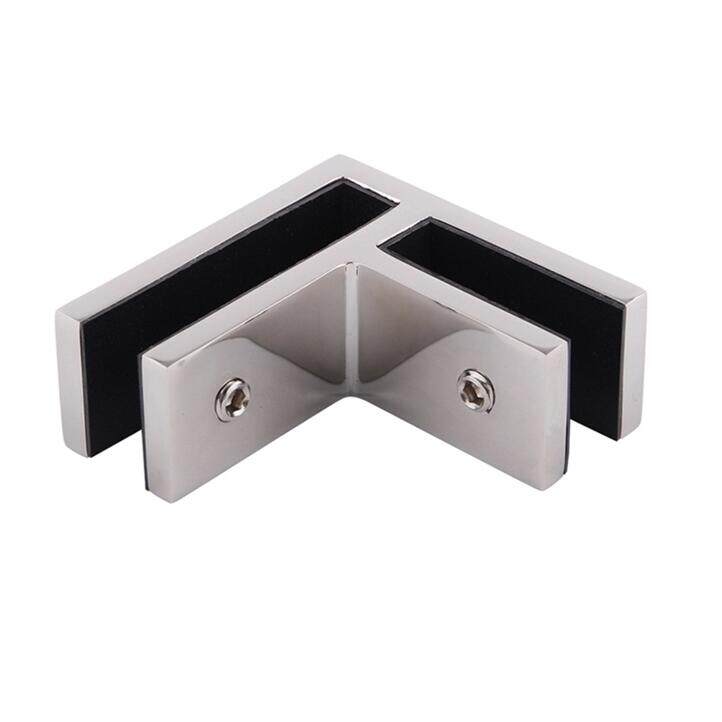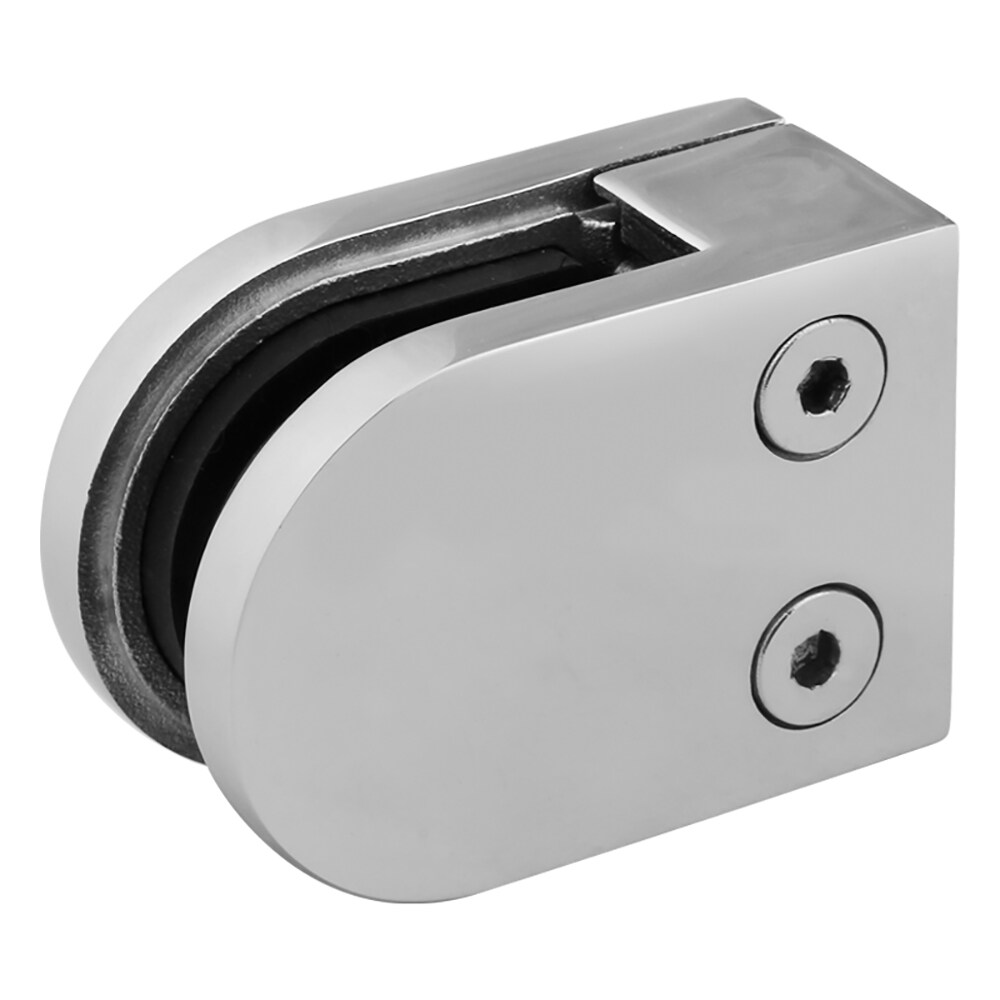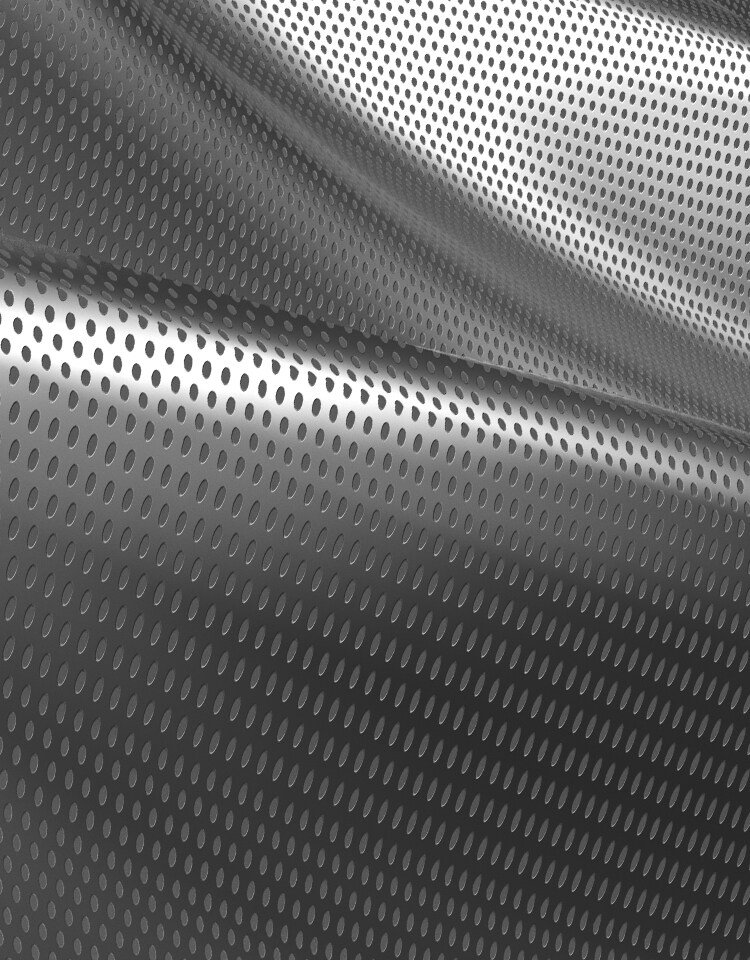E-Mail-Formatfehler
emailCannotEmpty
emailDoesExist
pwdLetterLimtTip
inconsistentPwd
pwdLetterLimtTip
inconsistentPwd

Nachricht

Clamp for Glass Railing: A Comprehensive Guide to Various Types and Applications
Glass railings are a popular choice for modern architectural designs due to their sleek and contemporary appearance. These railings provide an open and unobstructed view while also ensuring safety. One essential component of glass railing systems is the clamp that holds the glass panels securely in place. There are several types of clamps available in the market, each with its unique features and suitability for different applications. In this article, we will explore the various options, including point-mounted clamps, standoff clamps, surface-mounted clamps, and top-rail-mounted clamps. We will discuss the pros and cons of each type, their installation methods, and the applications they are best suited for.
1. Point-Mounted Clamps:
Point-mounted clamps, also known as pin or fin clamps, are designed to hold the glass panel at specific points. These clamps feature a pin or fin that goes through a hole drilled in the glass, securing it in place. Point-mounted clamps offer a minimalistic and clean look as they provide a clear and uninterrupted view through the glass railing. They are commonly used in frameless glass railing systems.
Pros:
- Sleek and minimalistic appearance.
- Thin and discrete design.
- Suitable for both interior and exterior applications.
- Can be adjusted or repositioned easily.
Cons:
- Requires precise drilling and installation, which can be time-consuming and may require professional expertise.
- The number of clamps required increases with the glass panel size, potentially impacting overall cost.
- Limited weight-bearing capacity compared to other clamp types.
Suitability:
Point-mounted clamps are ideal for applications where an unobstructed view is desired, such as balconies, terraces, or staircases. They are often used in residential and commercial projects, ranging from single-family homes to high-rise buildings.
2. Standoff Clamps:
Standoff clamps, also known as offset or spider clamps, are designed to create a gap or offset between the glass panel and the supporting structure. These clamps typically hold the glass from the sides, allowing it to stand away from the surface. Standoff clamps offer a unique aesthetic appeal and provide flexibility in design options.
Pros:
- Versatile and customizable design, allowing for various glass thicknesses and gap sizes.
- Easy installation with surface-mounted or through-glass options.
- Can accommodate glass panels of different shapes, including curved or bent glass.
- Offers a distinctive visual effect by creating a floating appearance.
Cons:
- Requires more space due to the standoff created between the glass and the supporting structure.
- May require additional support brackets for larger glass panels.
- The gap between the glass and the clamp can accumulate debris and require regular cleaning and maintenance.
Suitability:
Standoff clamps are commonly used in both residential and commercial applications, including offices, hotels, retail spaces, and public buildings. They are particularly suitable for spaces with intricate design requirements, such as museum displays or architectural features.
3. Surface-Mounted Clamps:
Surface-mounted clamps, also known as base or saddle clamps, are designed to attach directly to the surface or edge of the supporting structure. These clamps typically have a saddle-shaped design that securely holds the glass in place without the need for drilling holes in the glass panel.
Pros:
- Easy and straightforward installation process.
- Can accommodate a wide range of glass thicknesses.
- Suitable for both indoor and outdoor applications.
- Offers excellent stability and weight-bearing capacity.
Cons:
- Requires visible fixing points on the surface, which may impact the overall aesthetic appeal.
- Can restrict the view through the glass due to the presence of the clamp on the surface.
- May require additional supports for larger glass panels to ensure structural integrity.
Suitability:
Surface-mounted clamps are commonly used in applications where functionality and stability are prioritized over aesthetics, such as balconies, decks, or outdoor staircases. They are also suitable for environments where drilling into the glass is not preferred, such as laminated or tempered glass.
4. Top-Rail-Mounted Clamps:
Top-rail-mounted clamps, as the name suggests, are designed to attach to the top rail of the glass railing system. These clamps provide a secure connection between the glass panels and the rail, ensuring stability and safety.
Pros:
- Easy installation process by attaching the clamp to the pre-existing top rail.
- Provides additional structural support for the glass panels.
- Can be used in combination with other clamp types for enhanced stability.
- Offers a streamlined and continuous look when used with a frameless glass railing system.
Cons:
- Requires a top rail as part of the overall glass railing system design.
- May limit design options and flexibility due to the need for a continuous top rail.
- The visibility of the clamp attachment on the rail may impact the desired aesthetic appeal.
Suitability:
Top-rail-mounted clamps are commonly used in high-traffic areas or applications where extra support and safety are required, such as public spaces, airports, or commercial buildings. They are also suitable for projects where a framed glass railing system is preferred.

Right Clamp for Glass Railing Ensures Big Safety and Aesthetics
Choosing the right clamp for glass railing system is crucial to ensuring both safety and aesthetics. Point-mounted clamps offer a sleek and minimalistic look, while standoff clamps provide a unique floating effect. Surface-mounted clamps prioritize functionality and stability, while top-rail-mounted clamps provide additional structural support. Understanding the characteristics, installation methods, and suitability of each type of clamp will help you make an informed decision for your specific application. Whether you are designing a residential balcony or a commercial building, selecting the appropriate clamp will ensure a secure, visually appealing, and long-lasting glass railing system.

